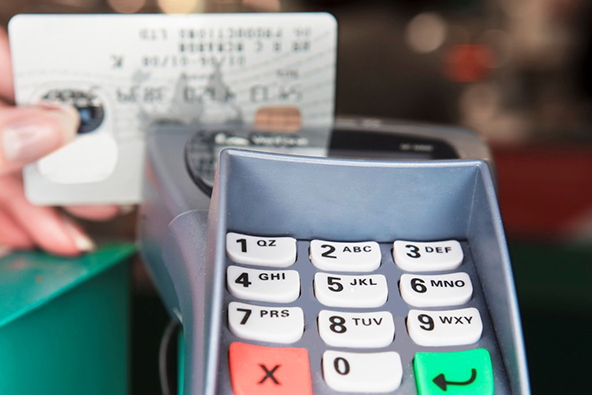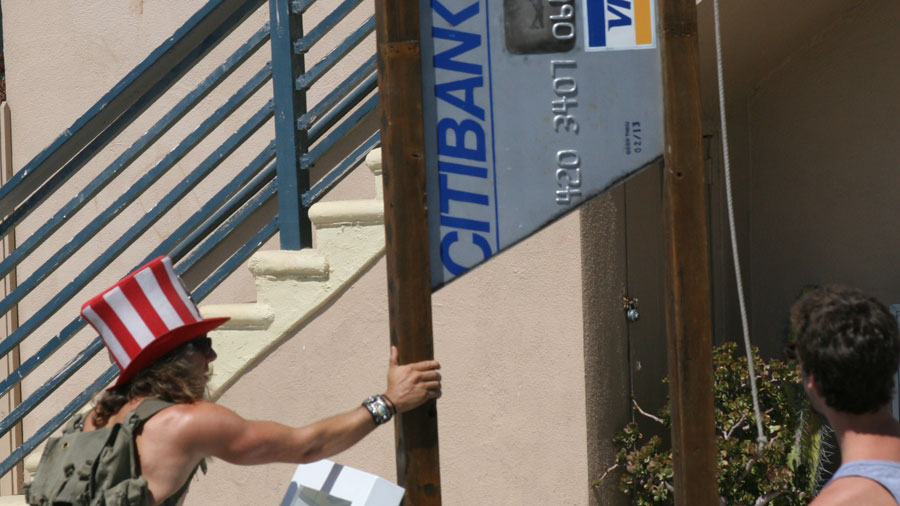How to Manage Chargebacks Resulting from Processing Transactions with Missing Card Information

Visa uses chargeback Reason Code 81 to designate chargebacks resulting from processing transactions in a card-present environment where required account information is missing, which is seen as an indicator of a potentially fraudulent transaction. MasterCard does not have an equivalent reason code.
An example would be a case where a card issuer receives a sales receipt that has no imprint of the card’s embossed account information or magnetic-stripe information or the cardholder’s signature, and either: the cardholder states that he or she neither authorized nor participated in the transaction or the card issuer certifies that no valid card with that account number existed on the transaction date.
What causes these chargebacks? Code 81 chargebacks are most likely to occur when the merchant:
- Did not swipe the card through a point-of-sale terminal.
- Did not make a manual imprint of the card information on the sales receipt if the transaction data was key-entered.
- Did not obtain the cardholder’s signature on the sales receipt.
- Completed a card-not-present transaction but did not identify the transaction as a MO / TO or internet purchase.
How to manage chargebacks resulting from processing transactions with missing card information? Your response will depend on the transaction details and on the actions you have taken already.
- Card imprint of the magnetic stripe was obtained. If the account information from the card’s magnetic stripe was obtained, a possible remedy is to request that your processor sends a copy of the authorization record to the card issuer as proof that the card’s magnetic stripe was read. You should also provide a copy of the sales receipt proving that the cardholder’s signature was obtained.
- Card imprint was manually obtained. If the account number was manually imprinted on the sales receipt, send a copy of the sales receipt to your processor as documentation. In order to reverse the chargeback, the copy of the sales receipt must also contain the cardholder’s signature.
- Card imprint was not obtained. If a card imprint was not taken and the account number was not obtained, there is no remedy and you should accept the chargeback. Do not process a credit at this time, as the chargeback has already performed this function.
- Signature was obtained. If the cardholder’s signature was obtained on the sales receipt, send a copy of the transaction receipt to your processor. If available, send the authorization record too, to prove that the magnetic stripe was read.
- Signature was not obtained. There is no remedy if the cardholder did not sign the receipt and you should accept the chargeback. Again, do not process a credit at this time, as the chargeback has already performed this function.
How to prevent chargeback Reason Code 81? As with most other chargebacks resulting from card-present transactions, key to minimizing Reason Code 81 chargebacks is developing and following sound card acceptance practices.
- Swipe all cards or use a manual imprinter. As a preventive measure against Code 81 chargebacks, you should always obtain the card’s account number and expiration date, either by swiping or, if the terminal cannot read the card’s information, by using a manual imprinter. The imprint proves that the card was present during the transaction and protects you from a potential chargeback in case of a fraudulent transaction. You can make the imprint either on the sales receipt, generated by the terminal, or on a separate manual sales receipt, signed by the customer.
- Obtain cardholder signature. You should always obtain the cardholder’s signature for all card-present transactions. Then compare the provided signature with the one on the back of the card and make sure they match.
- Train staff on how and when to obtain an electronic or manual imprint. The entire point-of-sale staff should be trained to always swipe the card in all card-present transactions or take its imprint manually if the terminal is down or the magnetic stripe cannot be read for a different reason.
- Manual imprinter or portable electronic terminal. If you accept payments through a wireless terminal, you should always carry a manual imprinter. Wireless credit card terminals are unusable when out of range and you will need an imprinter to capture your customer’s card information. Make the imprint on a separate manual sales receipt and have it signed by your customer.
- Investigate high volume of chargebacks. A high volume of Code 81 chargebacks may be an indication of internal fraud and you should investigate. Examine the sales receipts and check which terminals and staff were involved in these sales.
A card-present payment processing environment provides merchants with plenty of tools to verify the validity of both the card and the cardholder. If you use them properly, you will not have a chargeback issue, even though it is unlikely that you will completely eliminate them.
Image credit: POS Tech Services.


